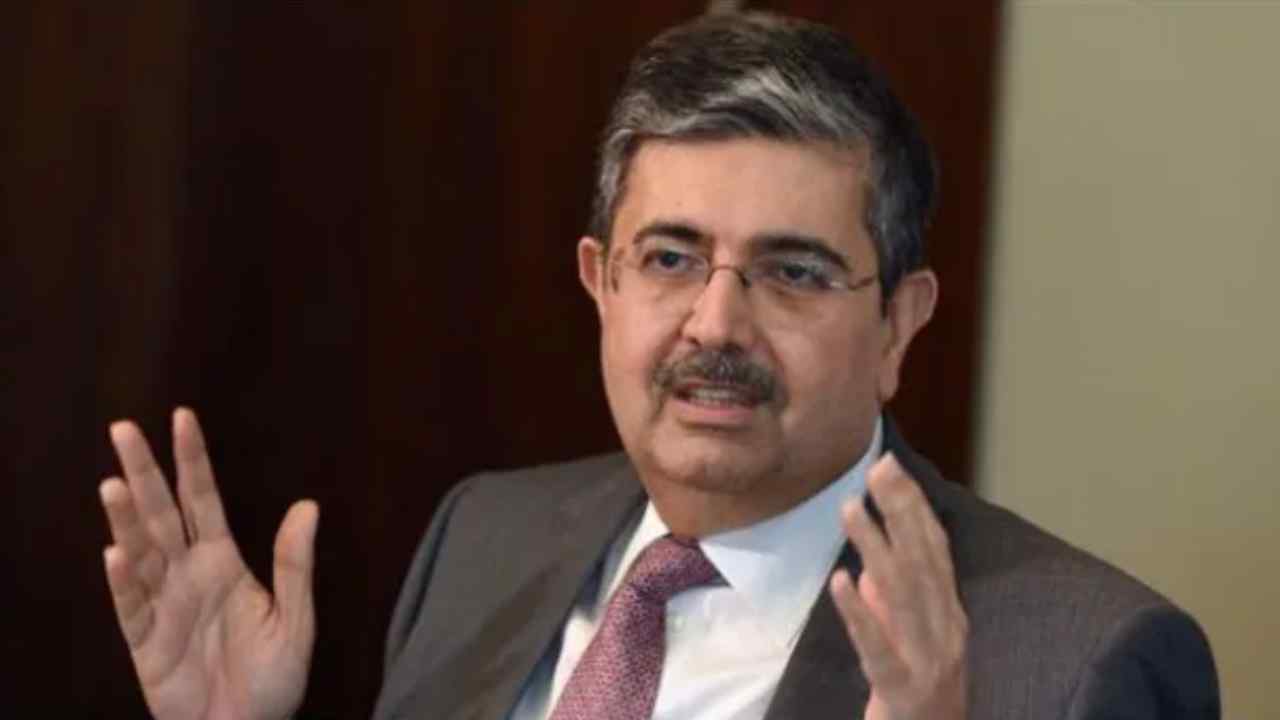Byju’s Insolvency Case: New Developments and Controversies
The ongoing bankruptcy process concerning the edtech giant Byju’s has taken a significant turn. On September 3, the Glass Trust, an entity representing foreign lenders, was unexpectedly removed from the Committee of Creditors (CoC). This decision, prompted by a petition from Insolvency Resolution Professional (IRP) Pankaj Srivastava, has ignited controversy, with the Glass Trust labeling the action as illegal.
Background of the Controversy
According to the Glass Trust, Byju’s has an outstanding debt of $1.35 billion to foreign lenders and has not made any payments in the past 18 months. This revelation raises pressing concerns regarding the company’s ability to meet its financial obligations.
Pankaj Srivastava’s Petition and Claims
In his petition to the National Company Law Tribunal (NCLT), filed on August 30, Srivastava argued that many lenders represented by the Glass Trust had forfeited their business rights under the terms established in their agreements with Byju’s. As a result, he contended, their claims should be deemed invalid within the continuing bankruptcy proceedings. He emphasized that the Glass Trust must substantiate its position and provide documentation to verify its legitimacy as a lender.
Opposition from Glass Trust
The Glass Trust has vehemently objected to the IRP’s claims. In a public statement, they referred to the actions of Srivastava as “unprecedented and totally illegal,” accusing him of infringing on the legitimate rights of foreign lenders without justification. They underscored their commitment to protecting the interests of their lenders, asserting that their status as creditors is inextricably linked to the substantial debt owed by Byju’s.
Legal Challenges Ahead
In response to the IRP’s allegations, the Glass Trust has indicated its intent to contest this decision in the NCLT, expressing hope that the ruling will be overturned. They articulated their position, stating, “Pankaj does not and cannot deny that over USD 1.35 billion is outstanding under the term loans.” The Trust has highlighted the critical nature of its role in representing the rights of all lenders involved, devoid of categorizations between eligible and ineligible claims.
Conclusion
The debacle surrounding Byju’s bankruptcy and the subsequent removal of the Glass Trust from the Committee of Creditors underscores the complex dynamics of corporate insolvency and the protection of creditor rights. As the legal proceedings evolve, stakeholders keenly observe how the NCLT navigates these disputes, potentially shaping future interactions between corporate entities and their lenders.
Key Takeaways
| Aspect | Details |
|---|---|
| Debt Amount | $1.35 billion |
| Duration of No Payments | 18 months |
| Insolvency Resolution Professional | Pankaj Srivastava |
| Entity Representing Foreign Lenders | Glass Trust |
| Legal Venue | National Company Law Tribunal (NCLT) |











